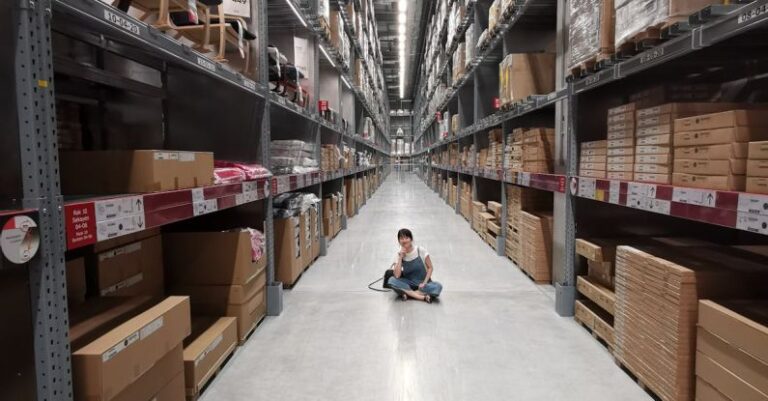
The Impact of E-commerce on Brick-and-mortar Stores
In today’s digital age, the rise of e-commerce has significantly transformed the retail landscape, posing both challenges and opportunities for traditional brick-and-mortar stores. The convenience and accessibility of online shopping have revolutionized the way consumers make purchases, leading to a shift in consumer behavior and preferences. As e-commerce continues to gain traction, brick-and-mortar stores are faced with the need to adapt and innovate in order to remain competitive and relevant in an increasingly digital world.
Changing Consumer Behavior
One of the most significant ways that e-commerce has impacted brick-and-mortar stores is through changing consumer behavior. The convenience of shopping online has led to a shift in consumer preferences, with more people opting to make purchases from the comfort of their own homes. This shift has resulted in a decline in foot traffic to physical stores, as consumers increasingly turn to online retailers for their shopping needs.
With the rise of e-commerce giants like Amazon, consumers have come to expect a seamless and personalized shopping experience, which brick-and-mortar stores must now strive to replicate in order to compete. This has led to an increased focus on enhancing the in-store experience, with many retailers investing in technologies such as augmented reality and virtual reality to create immersive and engaging shopping environments.
Challenges for Brick-and-mortar Stores
The growing dominance of e-commerce presents a number of challenges for brick-and-mortar stores. One of the most pressing challenges is the need to find ways to drive foot traffic and encourage in-store purchases in a digital-first world. Retailers must think creatively and strategically about how to attract and retain customers, offering unique and compelling experiences that cannot be replicated online.
Additionally, brick-and-mortar stores must contend with the issue of showrooming, where customers visit physical stores to view products in person before ultimately making their purchases online. This trend has forced retailers to rethink their pricing strategies and find ways to incentivize customers to make purchases in-store, rather than online.
Opportunities for Innovation
While e-commerce poses challenges for brick-and-mortar stores, it also presents opportunities for innovation and growth. Many retailers are embracing omnichannel strategies, which integrate online and offline channels to provide a seamless shopping experience for customers. By leveraging the strengths of both e-commerce and brick-and-mortar stores, retailers can create a more cohesive and personalized shopping journey for consumers.
Another opportunity for brick-and-mortar stores lies in the realm of experiential retail. By focusing on creating unique and memorable experiences for customers, retailers can differentiate themselves from online competitors and drive foot traffic to their stores. This may involve hosting events, offering interactive displays, or providing personalized services that cannot be replicated online.
The Future of Retail
As e-commerce continues to shape the retail landscape, brick-and-mortar stores must evolve in order to survive and thrive in an increasingly digital world. By embracing innovation, enhancing the in-store experience, and leveraging the opportunities presented by omnichannel retailing, traditional retailers can remain competitive and relevant in the face of growing online competition.
In conclusion, the impact of e-commerce on brick-and-mortar stores is undeniable. While the rise of online shopping presents challenges for traditional retailers, it also provides opportunities for growth and innovation. By adapting to changing consumer behavior, embracing new technologies, and creating unique experiences for customers, brick-and-mortar stores can position themselves for success in the evolving retail landscape.





